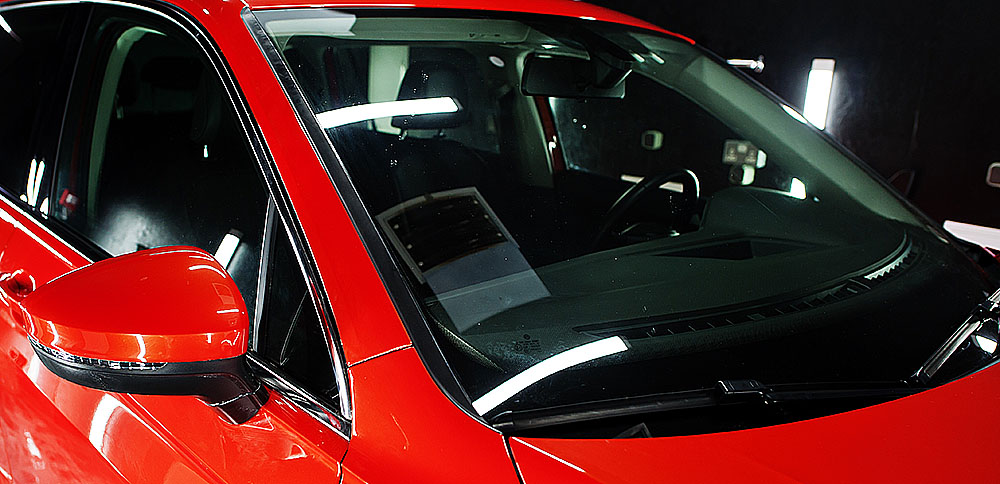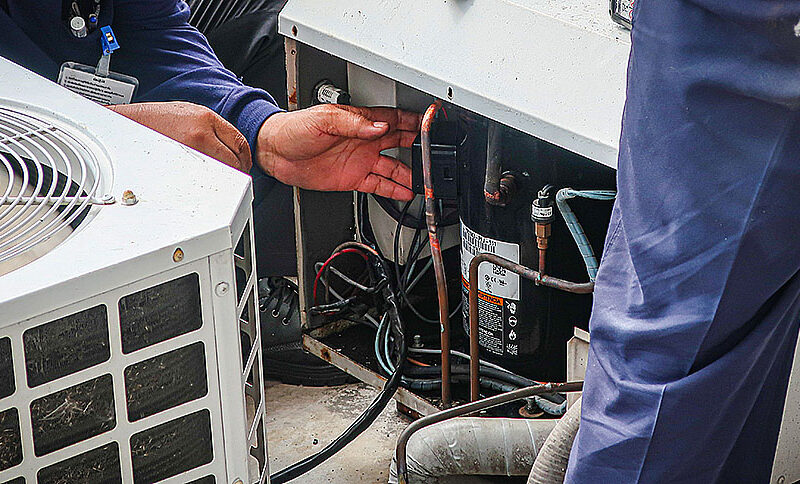When you invest in car window tinting, you’re not just enhancing the look of your vehicle. You are also investing in privacy, protection from harmful ultraviolet rays, and improved energy efficiency inside your car. However, just like any other aspect of your vehicle, car window tinting requires proper maintenance to ensure they remain in good condition for a long time.
Car Window Tint Maintenance: Ensuring Durability and Clarity
Let’s delve into the details of how you can keep those tinted windows looking as fresh as the day they were installed.
Understanding the Importance of Proper Maintenance
Car window tints are not immune to wear and tear. Over time, without proper care, they can peel, bubble, or fade. Many factors can contribute to the degradation of your tint, including exposure to sunlight, the chemicals used during cleaning, and physical abrasions. Thankfully, with a bit of diligence and proper know-how, you can keep your tint looking pristine.
Cleaning Tinted Windows
One of the most common questions after getting auto glass tinting is: “How do I clean my tinted windows?” The answer lies in using the right products and techniques. First and foremost, always wait a few days after the tinting process before cleaning to allow the film to cure properly.
When cleaning, avoid using ammonia-based cleaners. These can degrade the tint over time, leading to discoloration. Instead, opt for a mild detergent mixed with water or a cleaner specifically designed for tinted windows. Using a soft microfiber cloth can prevent scratches and ensure a streak-free finish. Remember to use gentle motions to avoid putting too much pressure on the tinted surface.
Avoiding Potential Damage
Besides chemical damage from unsuitable cleaning products, physical factors can also impact the integrity of your tint. Sharp objects, pet claws, or even seat belts hitting the window can cause scratches. Being mindful of these potential hazards and avoiding them can go a long way in maintaining your tint’s appearance and longevity.
In areas with harsh weather conditions, especially where there’s a lot of direct sunlight or high temperatures, window tints can suffer. Parking in the shade, using sunshades, or keeping the car in a garage can minimize exposure and reduce potential heat damage.
Benefits Beyond Aesthetics
Maintaining your car’s window tint isn’t just about keeping it looking good. A well-maintained auto window tinting Springfield can provide consistent UV protection, reduce glare while driving, and keep your car’s interior cooler during hot days. Over time, this not only makes your driving experience more comfortable but can also contribute to longer-lasting car interiors, preventing fading or cracking of upholstery.
Tint Maintenance and Overall Car Care
While car window tint maintenance is essential, it’s also a part of a broader car care regimen. As you care for your tint, also consider the overall health of your car’s exterior. Products like car paint protection film can be invaluable in keeping your vehicle’s paint job looking fresh, protecting it from scratches, chips, and environmental factors like tree sap or bird droppings.
What to Expect After Installation
After getting your windows tinted, the initial days are crucial for the longevity of the tint. During this period, the adhesive used in the tinting process needs time to dry and settle. You might notice a cloudy appearance or small water pockets forming under the film. Don’t be alarmed; this is a typical part of the curing process.
It’s essential to avoid rolling down your tinted windows for at least three to five days after the installation. This helps ensure that the film adheres properly to the glass without peeling off. Moreover, during this initial phase, refrain from attempting to push out any bubbles you observe. They will likely disappear as the tint dries out. If they persist after a couple of weeks, it’s a good idea to contact your tinting professional for advice.
Factors Affecting Tint Lifespan
Various elements can influence how long your tint lasts and when it might start showing signs of wear. For instance, the quality of the tint material itself is crucial. High-quality films that provide UV protection and are dyed to avoid fading will naturally last longer. You can also find these same films on sunglasses. The professionalism and expertise of the installer also play a significant role. Proper application can prevent issues like peeling or bubbling.
External factors also come into play. If you live in a coastal area, the salt in the air can impact the tint’s longevity. Similarly, cars in regions with extreme temperature variations might experience a shorter tint lifespan due to the continuous expansion and contraction of the film.
Preventing Scratches and Nicks
A common issue many face with their car window tints is the appearance of scratches and nicks, especially if you frequently transport goods or have pets that love looking out of the window. To prolong the lifespan of your auto glass tinting, consider installing protective measures. A simple hack is to keep the window surfaces clean. Dirt and debris can act as abrasives, causing minor scratches over time.
For those with pets, investing in a pet window guard might be a wise choice. These guards not only protect the tint but also prevent pets from getting too close to the windows, reducing the risk of potential accidents. Moreover, always ensure that the edges of items placed against tinted windows are smooth or cushioned. This reduces the likelihood of them causing nicks or scratches.
Economic Benefits of Window Tints
Beyond the comfort and aesthetic advantages of car window tinting, there are economic benefits to consider. A well-maintained tint can reduce the need for air conditioning, saving fuel in the long run. Furthermore, preserving your car’s interior from UV damage can lead to a higher resale value. Faded seats, cracked leather, or warped dashboards can significantly reduce the car’s market value. By investing in and maintaining a high-quality window tint, you’re not only ensuring a comfortable ride but also potentially saving money in the long run.
Tint and Legal Restrictions
One aspect of car window tinting that often gets overlooked is the legal side of things. Different states and countries have varying regulations about how dark or reflective tints can be, especially for front side windows and windshields. While it might be tempting to go for the darkest shade available for maximum privacy and UV protection, doing so might land you a ticket or even a requirement to remove the tint.
It’s always a good idea to check local regulations and ensure that the chosen tint falls within permissible limits. Some tinting professionals will be aware of these regulations, but as laws change, it’s always good to double-check and ensure you’re on the right side of the law.
Conclusion
The same way you would invest in maintenance for your engine or tires, car window tinting also deserves regular care and attention. By understanding the dos and don’ts of cleaning and by being cautious of potential hazards, you can ensure your tint remains clear and durable. And by incorporating broader care practices, like the application of car paint protection film Springfield, you can ensure that every inch of your vehicle remains in tip-top shape.


